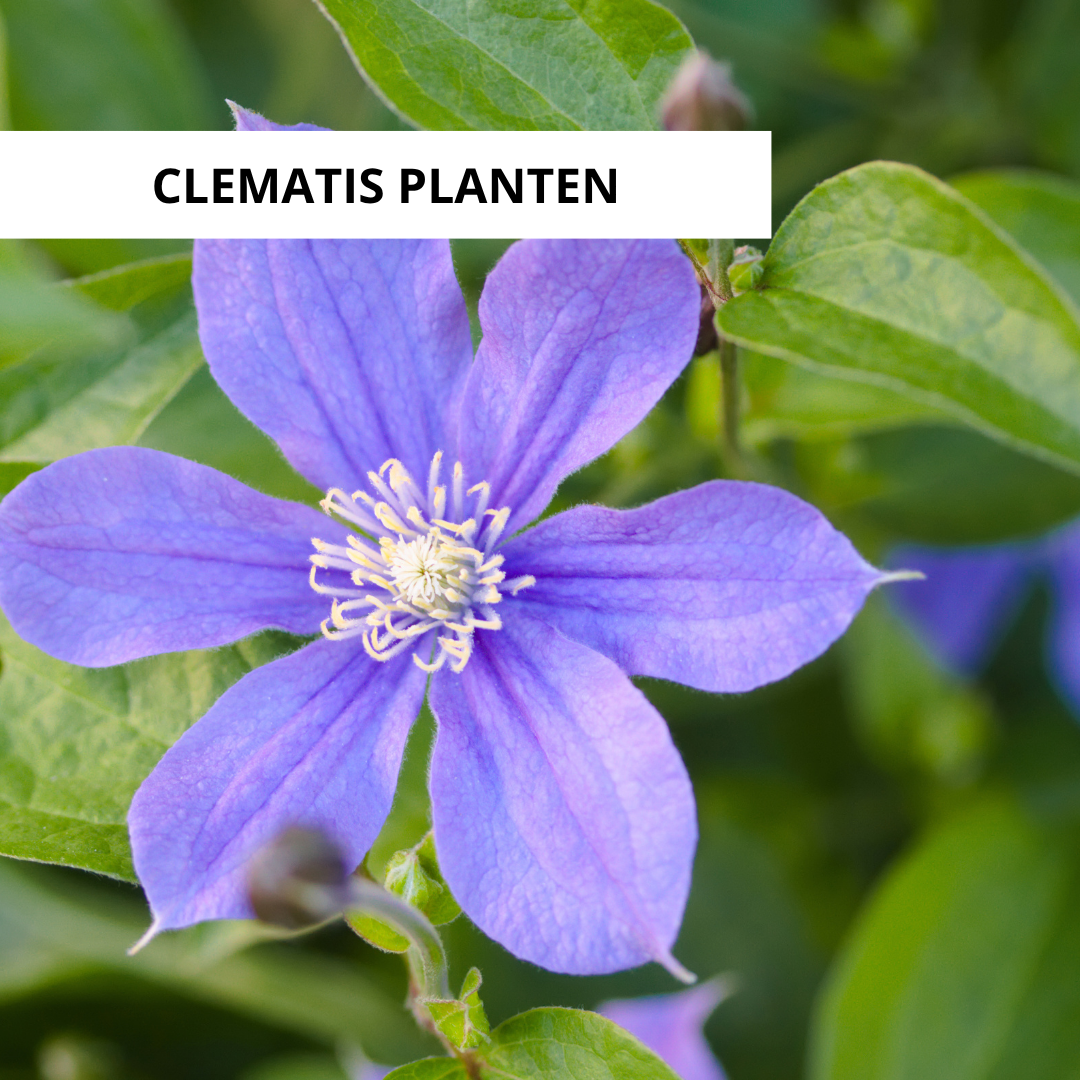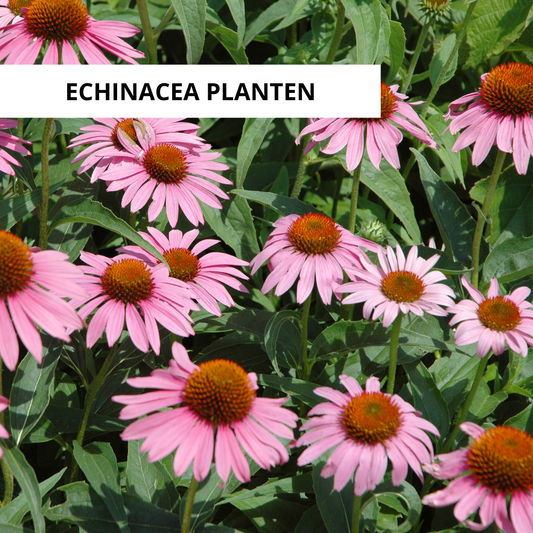
When to Plant Clematis?
Share
When to plant clematis: spring climbers or autumn champions?
What is clematis and why is it such a popular climbing plant?
The clematis is undoubtedly one of the most beloved climbing plants in Belgian gardens. With its impressive blooms—from soft pastels to bright colors—it transforms any dull wall or pergola into a floral paradise. What many people don't know is that there are dozens of varieties with widely varying flowering periods, and therefore also different planting times.
Clematis falls broadly into two main categories: early-flowering varieties (such as Clematis armandii) and late-flowering varieties (such as Clematis viticella). Choosing the wrong timing can waste an entire flowering period. So, if you want to make a splash with clematis in your garden, it's wise to plant it at the right time.
When to plant clematis in open ground?
The best time to plant clematis in the open ground is spring (March-April) or autumn (September-October). In both cases, it's important that the soil isn't frozen yet and is easily workable. A slightly rainy day is ideal, as this prevents the plant from drying out as quickly and provides the soil with moisture.
If you plant in spring, the clematis has plenty of time to establish itself and form new roots in summer. In autumn, the plant goes dormant just after flowering and can quietly settle underground for the winter. Avoid the dead of winter or extreme summer days – too cold or too dry won't help anyone.
And in the greenhouse? Faster, but also more careful!
In a conservatory or unheated greenhouse, you can get started a little earlier, with less risk. You can plant clematis there as early as February, as long as you ensure there's no frost and the temperature stays above 8°C. If there's a risk of night frost, cover the base of the plant with straw or mulch.
One advantage of planting in a greenhouse is that your clematis will start sprouting faster. The downside? They're also more sensitive to dry air. So don't forget to water regularly and keep the air well-ventilated. It's also a good opportunity to check out our handy plant sprayer – clematis thrives in a slightly humid environment.
How to plant clematis: the perfect spot and approach
Full sun or shade? The golden rule for clematis
A clematis needs sun to bloom profusely, but we prefer to keep its base in the shade. It may sound contradictory, but it's true: clematis prefers warm heads and cool feet. So choose a sunny spot where only the bottom 20 cm of the plant is sheltered from the bright sun. This can be achieved with a groundcover or a nice low plant like the Chinese Money Plant .
When planting, ensure good drainage. It's a real nightmare if the roots are standing in water. Enrich your soil with perlite or hydroponic clays to prevent problems like root rot.
How to plant clematis correctly in the garden
Dig a spacious planting hole – at least 40 x 40 cm – and fill it with airy, humus-rich soil. Mix pumice into the soil to further improve its structure. Plant the clematis at a slight angle, with the root ball slightly deeper than its original height. This will help it bounce back stronger if an unexpected frost occurs.
After planting, water well and then continue watering regularly (but not excessively). Be careful if you also have potted plants: potted clematis dries out faster.
Support from day one
Clematis is a climber with considerable ambitions. So, prepare a good climbing structure beforehand – something to grow against, such as a trellis, wire, or grid. Did you know that clematis is perfect alongside playful hanging plants like Dischidia ? The contrast between the climber and the hanging plant creates an instant jungle vibe.
Combining Clematis: flowering all year round
A smart gardener plants different clematis varieties together so you have flowers from spring to fall. For example, combine a spring-flowering Clematis montana with a summer-flowering viticella variety. Looking for plants you can admire from your living room? Then consider Monstera Minima or Aglaonema Silver Bay . They'll keep blooming indoors.
Tips for buying clematis
Always buy clematis that are already well-established in a pot. Avoid plants that have been recently potted or whose leaves are already showing signs of stress. These days, you can find excellent advice and inspiration at specialty plant shops like dePlantrekkers.com , both online and in-store in Leuven.
Don't forget to get some suitable potting soil or a repotting mat if you're starting your clematis indoors or want to keep it in a pot temporarily.
Planted clematis? What now?
After planting, it takes a while for clematis to reach its full potential. For the first few months, it will focus primarily on root growth. So leave it alone, don't overfeed, and prune only when necessary. A beautiful garden requires patience. But oh, what a reward awaits with the first blooms...
Looking for cheerful and easy-to-grow houseplants to add variety to your gardening season? Be sure to check out our hardy ZZ plants or sun-loving Yucca .
This way you can brighten up both your garden and your living room in one go!
Conclusion: in summary when to plant clematis
- In open ground: Plant in March-April or September-October, preferably on a cloudy or rainy day.
- In a greenhouse: From February, when the frost has subsided. Provide adequate ventilation and moisture.
- Base in shade, top in sun: Give the roots protection and the leaves sunlight.
- Always plant at an angle and slightly deeper than in a pot: This prevents frost damage and stimulates growth.
Inspired? Browse our houseplant collection for more green home inspiration or discover more blogs about when to plant other plants in our when-to-plant guide . Prefer personalized advice? Then pop into De Plantrekkers in the heart of Leuven!


